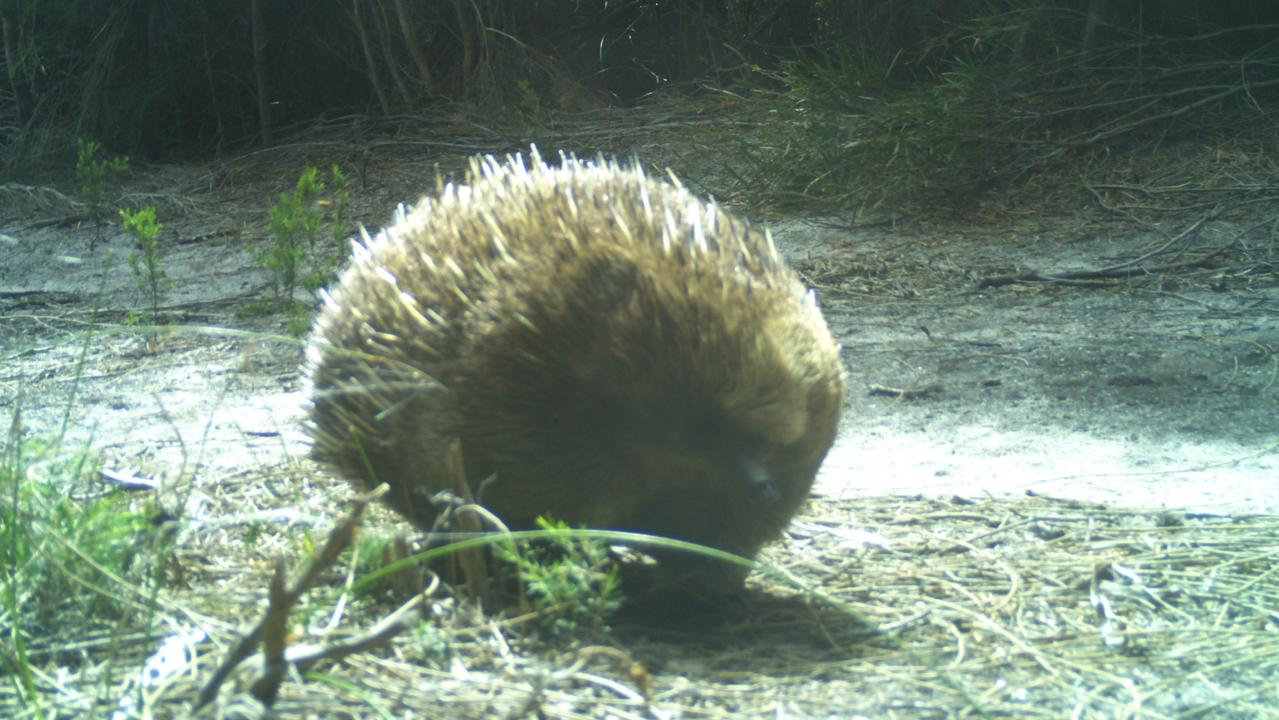TasWeekend: Steam trains on the right track
VINTAGE carriages take passengers to remote and rarely visited mountains and rainforests in the West.
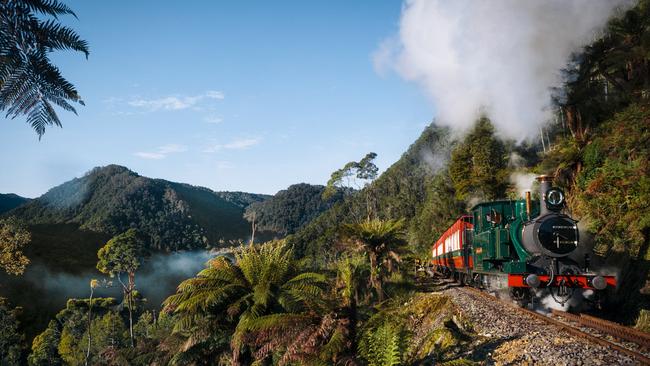
THE toot-toot of the West Coast Wilderness Railway’s steam trains is a familiar sound on Tasmania’s West Coast, with trains departing Queenstown and Strahan on half and full-day trips through rugged mountain terrain and dense rainforest year round.
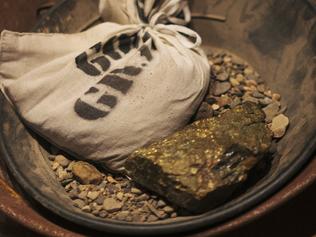
But don’t be deceived by the cheerful sound. Running old steam trains in such a remote area is not without difficulties. The “grumpy” Abt loco 1 celebrates its 120th birthday this year.
The 35km train line between Strahan and Queenstown winds through an isolated area and is a bit like a goat track in parts. At 60m above King River gorge, the loco hugs the mountainside before steaming across one of almost 60 bridges.
There are no towns along the way, and steam trains have to be fed regularly with water. At times there’s wild weather to contend with, and track and locomotive maintenance issues.
Queenstown railway station is a warm and bustling hub when we arrive from our base at Strahan on an otherwise cold and quiet spring day. We’d experienced the previous day’s huge winds but were unaware of any resulting railway dramas.
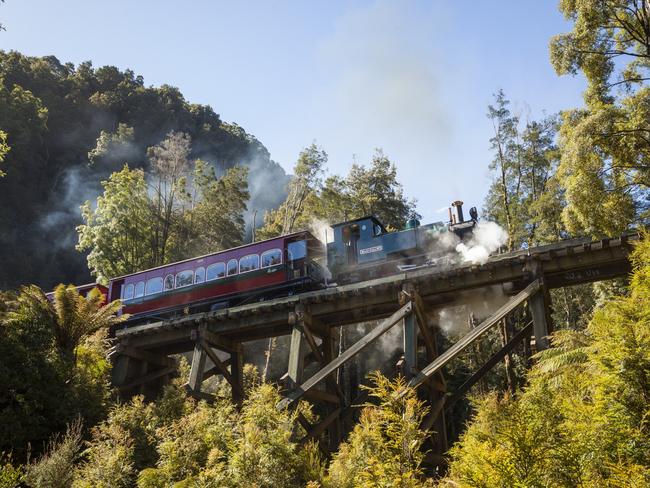
A steam train full of passengers had been stranded late the day before by tree falls as a result of the big winds and heavy rains. The Strahan-based loco was supposed to return to the port town, but was forced to continue on to Queenstown. Buses were organised to transport passengers back to Strahan, a 45-minute drive away.
“It’s the team effort of the staff that keeps this unique railway in such a wild and remote part of the world viable,” supervisor of railway operations Mark Tregoning says. “All our crews are qualified through Forestry in handling chain saws … it’s more than just a paid job. It’s a vocation … we all have a strong commitment to the job, our passengers and our workmates.”
Tregoning, a former railway driver and fitter from Victoria, helped return the railway to life in 2000. The service, built in 1896 to transport copper ore from Mt Lyell mine at Queenstown to Strahan, ended in 1963 and only reopened after the Federal Government stepped in to fund a major restoration project.
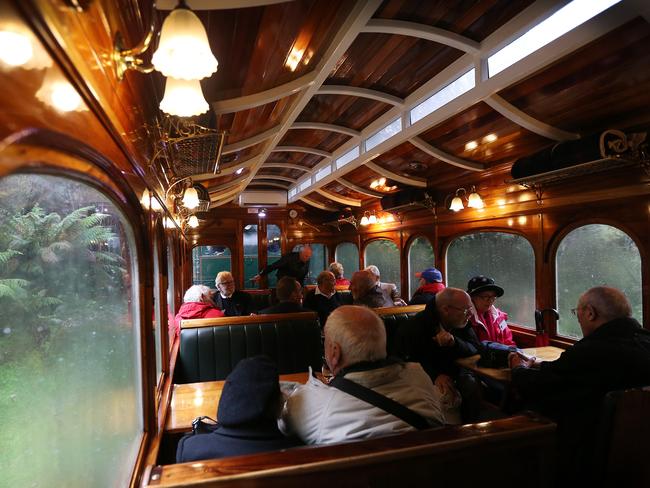
In the wilderness carriage of one of the Abt railway’s three restored locos, our host has the railway story down pat. Her fascinating commentary focuses on the characters involved in its genesis in the 1890s and the men who built it. The story she tells, with reference to historical letters and anecdotes, is one of the great pleasures of the Abt railway experience.
One of the men who helped build the railway wrote: “Of the most outlandish place he’d ever seen – there’s nothing but hills as far as the eye could see covered in impenetrable forest.”
Some of the tales of hardship are at odds with the relative luxury of our carriage, which has been fitted out in Tasmanian native timbers and has comfortable dining booths. We’re served Tasmanian sparkling wine, salmon, scones, soup, wraps, sweets and tea and coffee.
The railway provides access to dense rainforest that opens up to provide a breathtaking view of the raging waters and spectacular cliffs of King River Gorge. “On a slow train like this, you’re far more a part of it,” Tregoning says.
At the halfway point, Dubbil Barril station, we take a short walk through the rainforest and beneath one of the impressive railway bridges to the water’s edge.
Display boards tell us about the tree species in the forest, so on our return journey we’re able to distinguish between the leaves of trees including myrtle and sassafras. We stop again for some gold-panning, and at least one person shouts “eureka” when they find a tiny speck in their pan.
We learn about the railway’s unique Abt rack-and-pinion system, which enables the locomotives to climb and descend steep grades. The now State Government-owned railway won international recognition this year for its engineering.
Climbing into the driver’s carriage/engine room is like stepping back in time. The tiny space accommodates the driver and “fireman” and is jam-packed with antique-looking stop valves, a boiler/oil-burning furnace, regulator, British Detroit lubricator and Gresham Dreadnought break.
“Don’t forget about the toot,” Tregoning says. “That’s vital. It’s actually about as exciting as putting your indicator on in the car. It’s a warning device and by law you can’t move one of these in any direction without going toot.”
The author was a guest of West Coast Wilderness Railway
Originally published as TasWeekend: Steam trains on the right track



